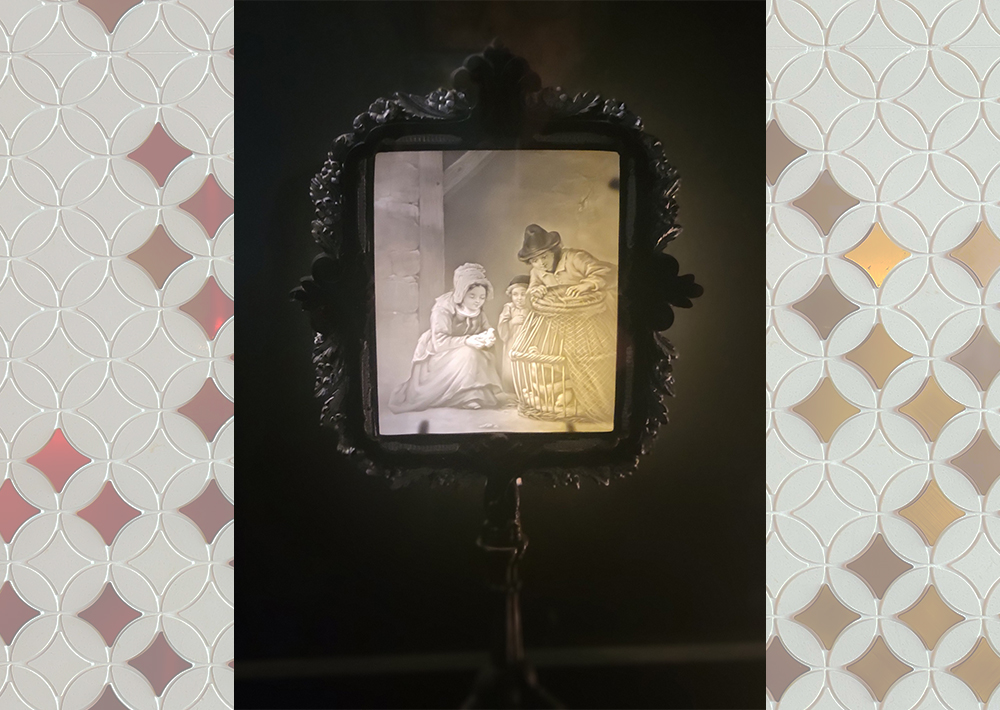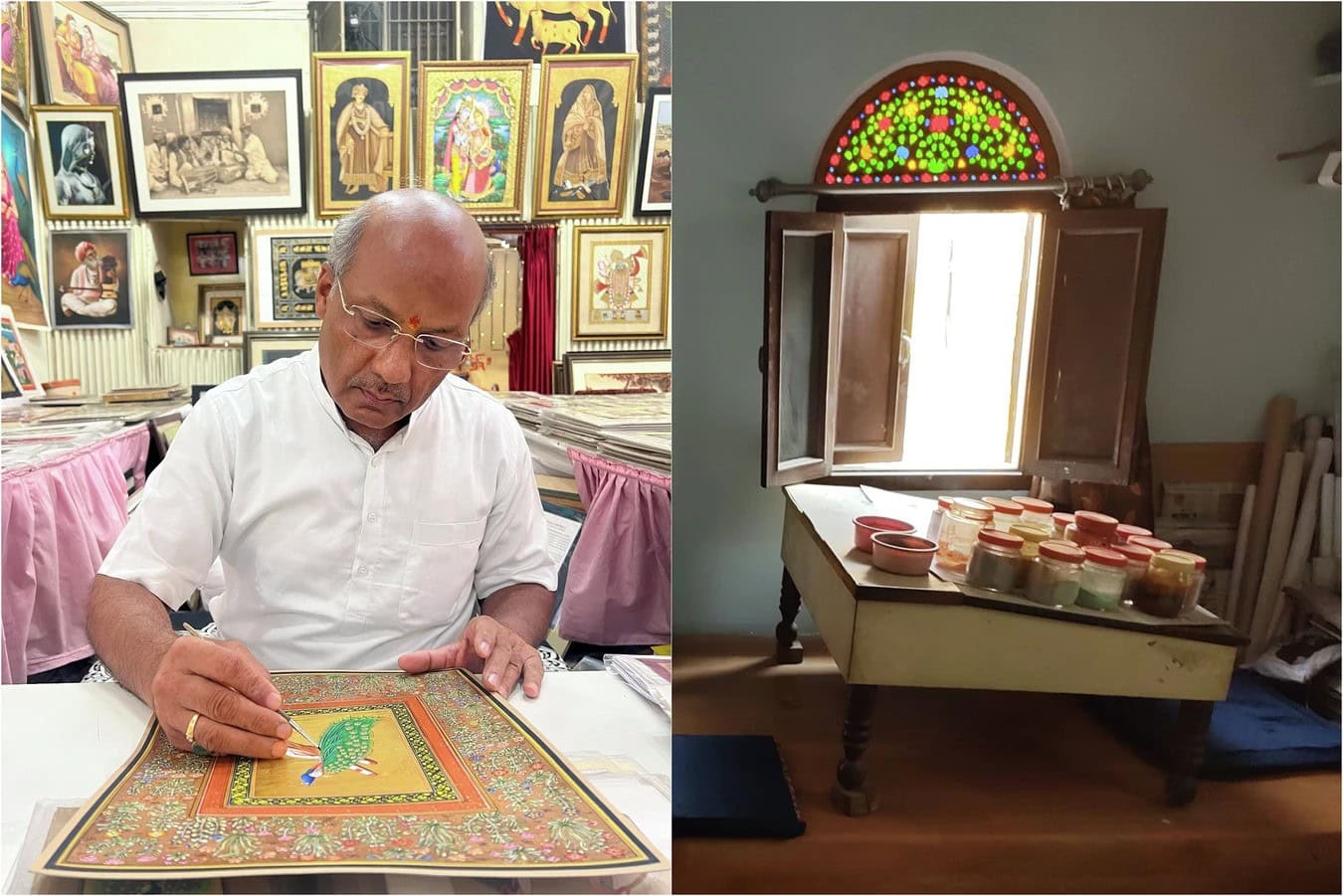[Image above] Experimental tuyère and furnace setup at the Massachusetts Institute of Technology metallurgy forge in the Department of Materials Science and Engineering. Credit: Elizabeth Paris, PLOS ONE (CC BY 4.0)
When it comes to historical artifacts, there are numerous techniques available for figuring out how they were created, including X-ray imaging, FTIR, and modeling. Yet how do archeologists determine what the artifact was used for?
In some cases, the general function of an artifact is obvious. For example, a bowl likely was used to hold beverage or food. In other cases, determining an artifact’s function is more difficult and requires archeologists to search for external clues. For example, archeologists could look for drawings or paintings that show the artifact in use, or they could identify other known artifacts in the area to determine the setting in which the artifact was used.
In a recent open-access study, an international team of researchers describes how they identified a historical artifact and discusses what effect that has on our understanding of the ancient culture in the area.
Metallurgy in Mesoamerica
Mesoamerica is a historical region and cultural area in North America that extends approximately from central Mexico through northern Costa Rica. The Olmec, Maya, and Aztecs are among the complex civilizations that, at different times, inhabited areas in this region.
Archaeologists divide Mesoamerican civilizational development into three primary chronological periods: the Preclassic period (ca. 1500 BCE to 300 CE), the Classic period (ca. 150–950 CE), and the Postclassic period (ca. 950–1521 CE).
Production of metal objects in Mesoamerica began in West Mexico during the Classic period, by around 600 CE. Local communities practicing metallurgy and metalworking also emerged in areas with access to local metal deposits, including central Mexico, Oaxaca, and Honduras, by the Postclassic period.
In contrast to these metal-rich areas, the Maya Lowlands consist largely of karst terrain, i.e., they are formed from dissolution of soluble rocks, such as limestone and dolomite. Therefore, metalworking technologies and metal objects had to be imported over long distances to this area, and to date there are only four Maya sites with documented evidence of local metallurgical production. (All four sites served as regional political capitals during the Postclassic period.)

Identifying blowpipe tips in Mayapán
Mayapán is one of the four sites with documented evidence of local metallurgical production. It was the political capital of northern Yucatán during the Postclassic period (1100–1450 CE), and it served as an important economic node within an extensive trade network throughout the peninsula.
The role that Mayapán played in the area’s trade network allowed it to acquire nonnative metallic ore for metalworking. Archeologists hypothesize that it acquired new metallurgical techniques as well, specifically blowpipe technology.
Blowpipes are long tubes that allow metallurgists to introduce oxygen into the furnace during the metal casting process. In several parts of ancient Mesoamerica, notably West and Central Mexico, there are ethnohistorical depictions that show metalworkers using blowpipes while seated around small, above-ground furnaces.
Because Mayapán played an important role in the region’s trade network, it would make sense that blowpipe technology would have spread to this area. However, proof is needed to support this hypothesis—which is what the recent open-access study offers.
The researchers of the recent study come from the Massachusetts Institute of Technology (U.S.), the University of Calgary (Canada), and Instituto Nacional de Antropología e Historia (Mexico). They describe how they determined that two tapered cylindrical ceramic pieces from Mayapán are ceramic blowpipe tips, or tuyères, which would have served to protect wooden blowpipes from combusting when used to heat charcoal.
They note that tuyères are not commonly reported archaeological objects, so “scholarly understanding of the parameters defining functional or high-performance blowpipe tips are not well established.” However, by comparing the samples from Mayapán to known tuyères and by identifying other artifacts in the area as metallurgical tools, they can provide a strongly supported argument for identifying the ceramic pieces as tuyères.

The researchers start by discussing the context in which the ceramic pieces were recovered at Mayapán. “One of the tapered perforated cylinders (M-55) was found in Structure Q-99, while a second tapered perforated cylinder (M-16) was found in Structure Q-40a,” they write. “Both of these contexts have been hypothesized to be producer contexts, since these two contexts have the largest and second-largest number and variety of metallurgical ceramics associated with them, out of a total of 32 structures associated with metallurgical ceramics at Mayapán.”
They then described how they used petrographic analysis as well as scanning electron microscopy with energy dispersive X-ray spectroscopy to look at the structures and potential inclusions within the ceramic pieces. Among their findings was that the ceramic pieces, like other metallurgical ceramics studied from Mayapán, contain small copper-colored prills within the clay matrix. (Prills are a pellet or solid globule of a substance formed by the congealing of a liquid during an industrial process.)
Next, the researchers engaged in a series of replication experiments to test the fundamental parameters of the potential tuyères, specifically the aperture size. They prepared experimental tuyères out of two types of clay (modern commercial stoneware clay, and a white clay collected in Yucatán) and designed them based on the Mayapán ceramic pieces.
Based on firing experiments, “the experimental tuyères were able to introduce enough air to keep the temperatures within the range needed for copper remelting for at least 20–30 minutes,” they write. Also, while the stoneware tips made from modern commercial clay turned into fine alumina dust as the binding material burned out, “The local Yucatán white clay experimental tips … survived the replication experiment intact.”
Finally, the researchers provide a partial summary of how the Mayapán tuyères likely were fabricated and discuss how they compare to other known tuyères. “These tuyères have smaller apertures than other documented tuyères … [but] The experimental replication studies we performed are vital to allowing us to suggest that these tiny artifacts are functional tuyères,” they write.
They conclude by stating that though they cannot be certain these ceramic pieces were used as tuyères, “the external dimensions, size of internal perforations, high degree of vitrification, and the presence of copper prills in the ceramic fabric, suggest that they were used in pyrotechnological production.”
The open-access paper, published in PLOS ONE, is “Blowpipes and their metalworking applications: New evidence from Mayapán, Yucatán, Mexico” (DOI: 10.1371/journal.pone.0238885).
Author
Lisa McDonald
CTT Categories
- Art & Archaeology
Related Posts
Celebrating the US Semiquincentennial: Ohio Creativity Trail
December 16, 2025
Lithophanes: Dedicated museum sheds light on these porcelain artworks
November 13, 2025


